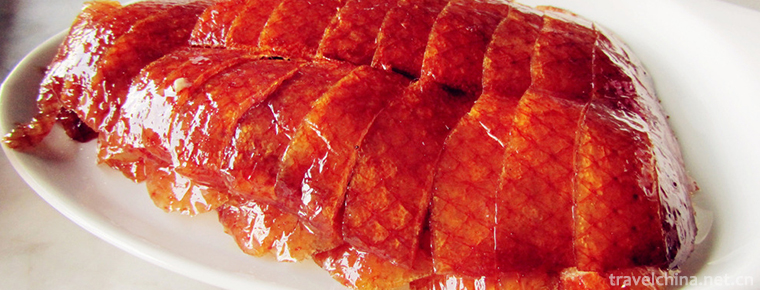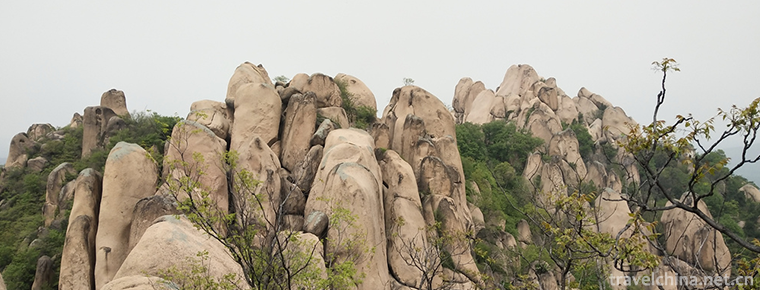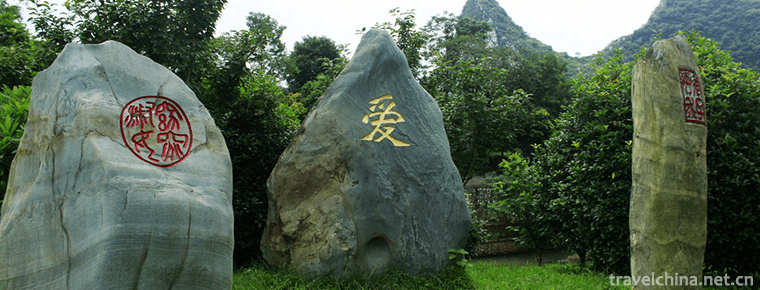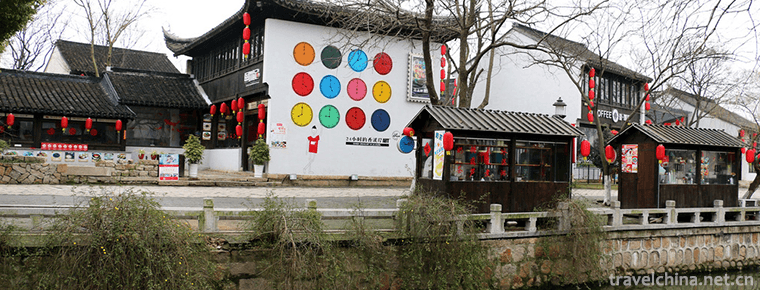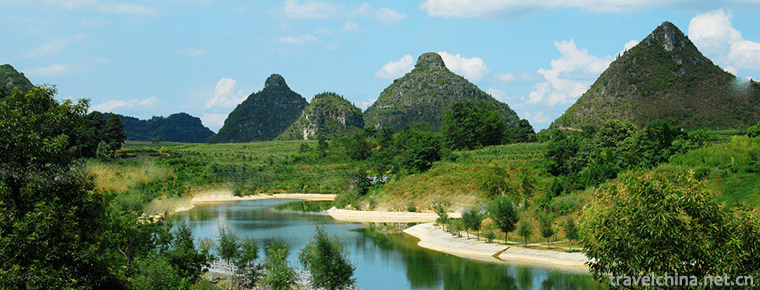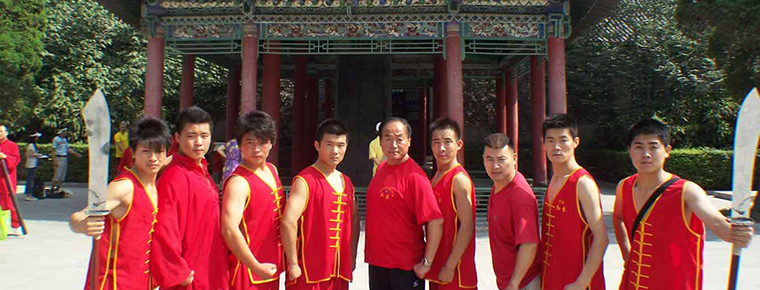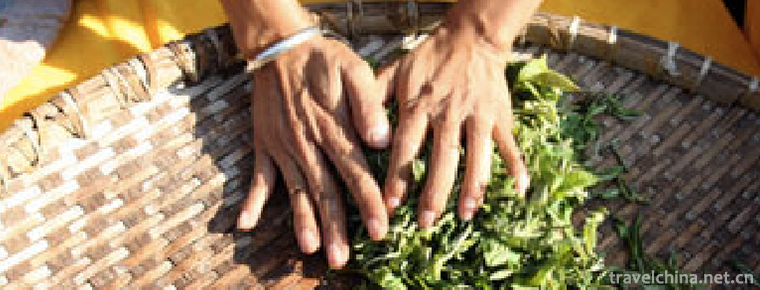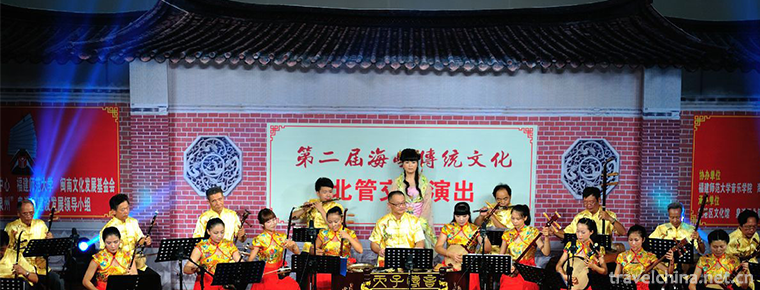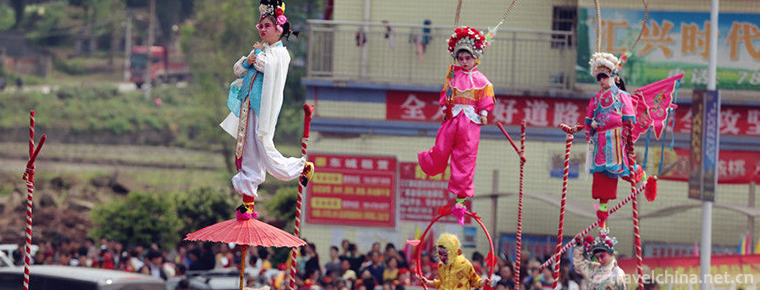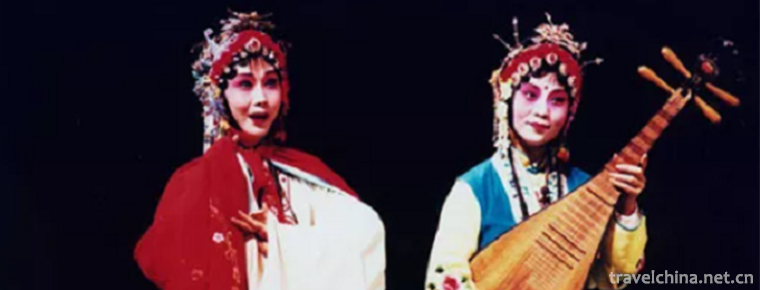Daur Folk Songs
Daur Folk Songs
Daur people mainly live in Inner Mongolia Autonomous Region and Heilongjiang Province, and a few live in Tacheng County, Xinjiang. Daur means "pioneer". Ethnic origin of Khitan. Daur people have their own language, but no written language; influenced by the Manchu culture of the Qing Dynasty, Manchu is commonly used, and then Chinese is widely used. Daur folk music has many forms, such as folk song, counterpart singing and dance lyrics. It is characterized by enthusiastic and unrestrained tone, euphemism, clear rhythm and rigorous rhythm.
On June 7, 2008, Daur folk songs were listed in the second batch of national intangible cultural heritage list with the approval of the State Council.
artistic characteristics
Folk songs, known as "Zasidale" by Daur people, are usually sung in the gap between field production and work or on the journey of driving cars. The lyrics are vivid and can be improvised. The melody is high, melodious and multi-tremolo. It has the unique style of Daur folk songs.
Counterpart singing is a popular song in Daur songs. It reflects the production and life of Daur people. It asks and answers questions. The tune is clear and cheerful. The singers can fill in words and answer each other extemporaneously.
Representative works
Folk song
Daur folk artists have adapted and processed folk songs such as "Sweetheart of the Heart", "Mountain Township", "Hypnotic Song" on the basis of their own folk songs, which can be regarded as excellent works of Daur folk songs today. For example, "Sweetheart" is not only beautiful in tune, but also touching in lyrics. The following are its first and last two paragraphs:
Time is like running water. Spring comes to my hometown again.
The vast wilderness, covered with green spring clothes,
The Nenjiang River is deep and long, but the boats have to sail long distances.
My darling, you are not on board.
Song and dance
Songs and dances are another part of Daur folk music. They are equipped with lyrics. The melody is beautiful and soothing. The lyrics are mostly about Daur people's family life, ethics, morality and love. It also shows scenery, sentiment and impromptu lyrics. At the beginning of the party, the dancers started slowly, singing and dancing. The following is a popular one:
Walk into the house and sing.
What I sing to my uncle is quail song.
Outside the door, singing.
When lonely, the song of the mandarin duck is the song of the Mandarin duck.
Daur folk songs mainly include Zandal, which is a folk song of folk song genre, usually sung in the forest, grazing or driving. The lyrics are not fixed, mostly touching scenes, impromptu chanting, and filled with function words such as "Naye Zao", with melodious tunes and more tremolo, which has the unique style of Daur folk songs.
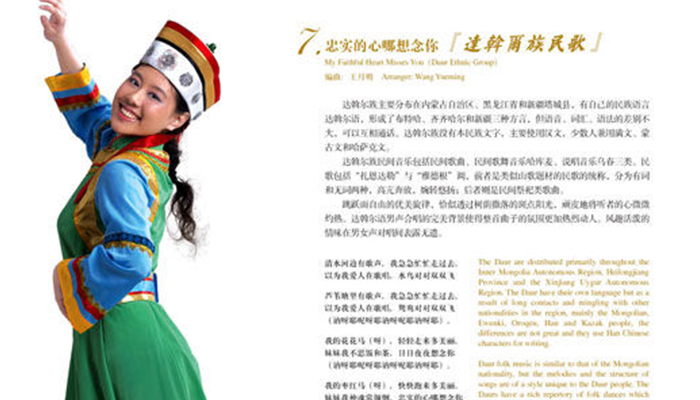
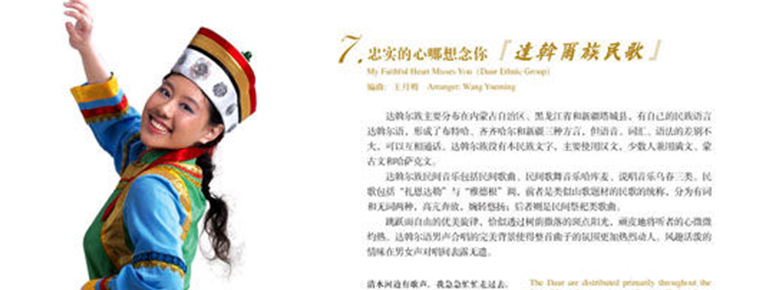
Daur Folk Songs
-
Cantonese crispy fried pork
Crispy fried pork is a traditional dish with color, aroma and taste. It belongs to Guangdong cuisine department. This dish is one of the classic Cantonese cured wax
Views: 223 Time 2018-11-02 -
Chengji Mountain Tourist Scenic Spot
Qiu Mountain, also known as Linglong Mountain, Xianshan Mountain on a journey to the West and Qiu Mountain Scenic Area, is located in Suiping County, Zhumadian City, Henan Province
Views: 144 Time 2018-12-09 -
Nanxi Mountain Scenic Area Guilin
Guilin Nanxi Mountain Scenic Area (that is, Guilin Nanxi Mountain Park) is located in the south of Guilin City, about 1 kilometer north of the railway station. The two peaks of Nanxi Mountain confront
Views: 99 Time 2019-01-13 -
Suzhou suburb mudu town
Mudu Ancient Town, nicknamed Duchuan, Xujiang and Xiangxi, is located in the southeast of Jiangsu Province and the west of Suzhou Ancient City. Located in the Taihu Lake Basin
Views: 167 Time 2019-02-07 -
Shuangrufeng Scenic Area
Guizhou Shuangrufeng Scenic Area is located in Zhenfeng County, Guizhou Province. It is 9 kilometers away from the county town and on the main road of Zhenfeng-Guiyang
Views: 203 Time 2019-02-08 -
Red boxing
Red boxing originated in Zhou and Qin Dynasties, became famous in Tang and Song Dynasties and prevailed in Ming and Qing Dynasties. It is an important link
Views: 197 Time 2019-05-03 -
Production Techniques of Pu er Tea
Pu'er tea production technology, also known as tribute tea production technology, has been formed through thousands of years of practice. The basic procedures are as follows: sacrificing the God of te
Views: 127 Time 2019-06-09 -
Quanzhou North Pipe
Beiguan, also known as Beiqu, Xiaoqu, Quzi, is a kind of traditional folk silk and bamboo music widely spread in Quangang District, Quanzhou City, Fujian Province. China's Beiguan is now only distribu
Views: 234 Time 2019-06-11 -
Sanhui Pavilion Club
Sanhui Caiting Pavilion is a local traditional folk cultural activity that performs in streets or squares on March 16-18 of the lunar calendar every year. Its artistic form of performance is ingenious
Views: 138 Time 2019-06-12 -
Soviet Opera
Su Opera is a combination of Huagu Tanhuang, Nanci and Kunqu Opera. It is popular in the urban and rural areas of southern Jiangsu and Northern Zhejiang. Its predecessor, Sutan, was originally called
Views: 90 Time 2019-06-16 -
Mianyang economy
In 2019, the gross domestic product (GDP) of Mianyang City will reach 285.620 billion yuan, which will increase by 8.1% according to the comparable price. The growth rate is 0.6 percentage points higher than the average level of the whole province.
Views: 144 Time 2020-12-14 -
Topography and geomorphology of Suining
Suining is a hilly and low mountain area in the central part of Sichuan Basin, with simple geological structure and gentle fold. The landform type is single, belonging to the Mesozoic Jurassic strata, which is eroded, cut and accumulated by flowing water
Views: 129 Time 2020-12-16
